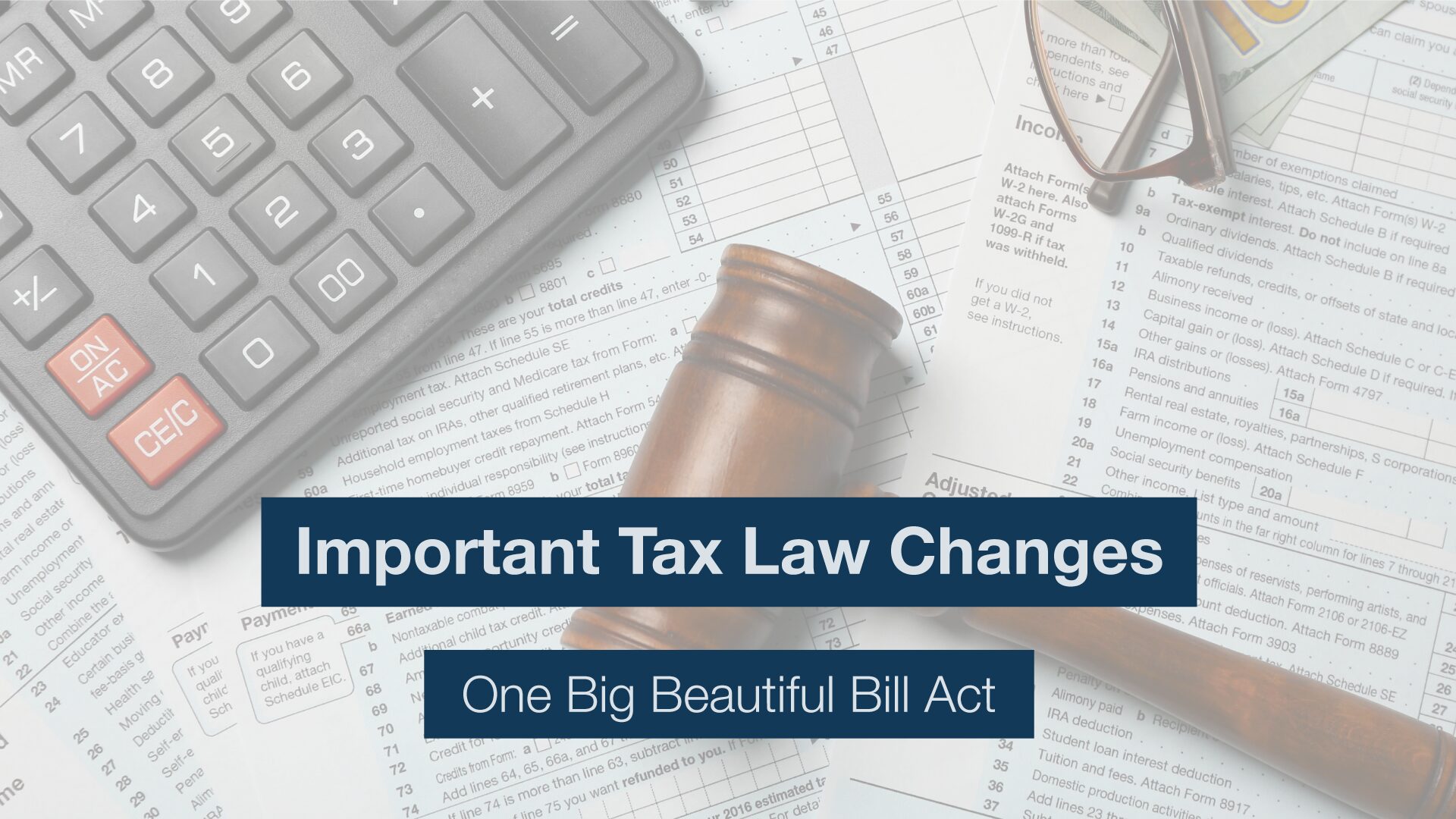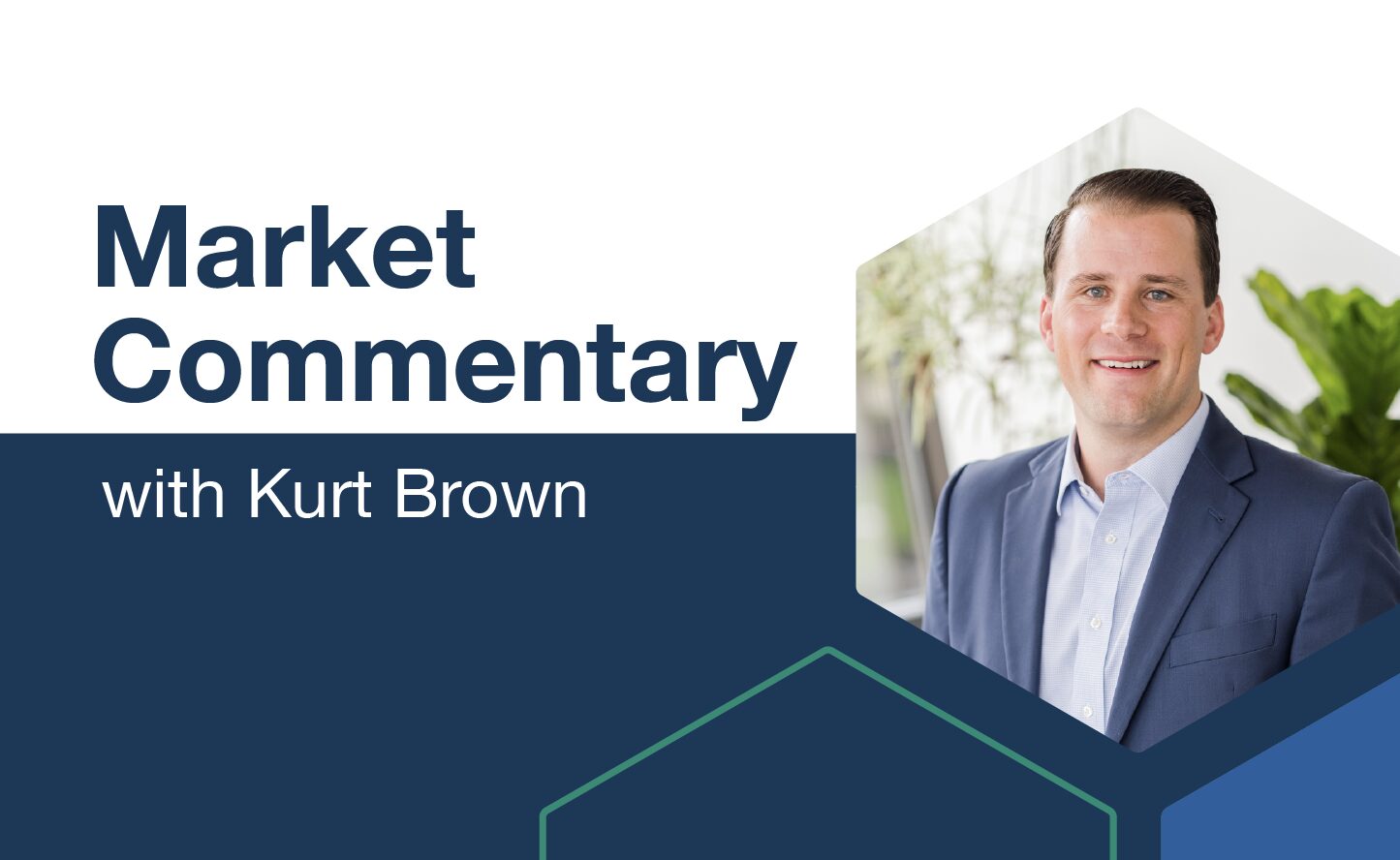August 2016 Financial Markets Summary
The country’s two main political parties have completed their conventions, and now those of us in so-called swing states are about to be bombarded with the kind of negative advertising we haven’t seen in decades from two candidates who remain unpopular even in their own parties. According to both candidates, electing their opponent will certainly lead to an end-of-world scenario. We are reminded of a recent Facebook post that said “I am”, followed by three check-boxes. The first said “Republican”, the second said “Democrat”, and the third said “having a glass of wine”. The last one was checked.
Meanwhile the stock markets keep chugging along like the little engine that could, and bonds continue to pull rabbits out of hats as interest rates confound just about everyone. July was a good month for most stocks. The S&P 500 gained 3.7% for the month, although it was beaten by the Technology and Health sectors, Emerging Market stocks, Developed International stocks, Natural Resources, and Real Estate. In fact, the only sector in negative territory for July was commodities, down 5%. See the chart below for a summary.
At the beginning of 2016, interest on the 10-year U.S. Treasury Note was 2.30%. Today that rate is 1.46%, close to the record low. And it is a surprise to economists who have been expecting higher interest rates all year. Because bond prices have an inverse relationship to interest rates, they have had a strong year. As investors search for other places to earn income, dividend-paying stocks have had a great year. These same stocks could continue to be a major investment theme, especially as 63% of companies in the S&P 500 have dividend yields greater than the 10-year Treasury. Investors usually think of bonds as the place to invest for income. Throughout the 1990s interest rates were relatively high, and only 5% of stocks had yields higher than the 10-year note. Today we are in a very different environment. At some point, investors will focus on “how expensive can dividend-paying stocks get”. But until then, the search for income could remain a major theme.
In the search for income, we would be remiss if we did not remind investors that despite bonds relatively low yields, they are an important ballast in portfolios. When the stock markets fluctuate wildly, bonds are often a bastion of boredom. And there is nothing wrong with having some boring assets to lessen volatility. Be sure your portfolio’s overall allocation matches your long-term goals, your shorter-term cash flow needs, and gives you some measure of assurance. And remember that Today’s headlines and tomorrow’s reality are seldom the same.
| Asset Index Category | Category | Category | Category | 10-Year |
| 3 Months | 2016 YTD | 2015 | Average | |
| Dow Jones Industrials – Large Cos | 3.7% | 5.8% | -2.2% | 5.1% |
| S&P 500 Index – Large Companies | 5.2% | 6.3% | -0.7% | 5.4% |
| S&P 400 Index – Mid-Size Companies | 6.7% | 11.5% | -3.7% | 7.7% |
| Russell 2000 Index – Small Companies | 7.9% | 7.4% | -5.7% | 5.7% |
| MSCI EAFE Index – Developed Intl. | -0.2% | -1.6% | -3.3% | -0.9% |
| MSCI EM Index – Emerging Markets | 4.0% | 10.0% | -16.4% | 1.5% |
| Short-Term Corporate Bonds | 0.9% | 2.3% | 0.2% | 2.9% |
| Multi-Sector Bonds | 1.6% | 3.9% | -2.1% | 1.3% |
| International Government Bonds | 2.9% | 14.2% | -3.9% | 4.1% |
| Bloomberg Commodity Index | -1.4% | 7.5% | -24.6% | -6.3% |
| Dow Jones U.S. Real Estate | 13.3% | 16.5% | 2.1% | 6.2% |
Please remember that past performance may not be indicative of future results. Different types of investments involve varying degrees of risk, and there can be no assurance that any specific investment, strategy, or product or any non-investment related content, made reference to directly or indirectly in this newsletter, will be suitable for your individual situation, or prove successful. This material is distributed by PDS Planning, Inc. and is for information purposes only. Although information has been obtained from and is based upon sources PDS Planning believes to be reliable, we do not guarantee its accuracy. It is provided with the understanding that no fiduciary relationship exists because of this report. Opinions expressed in this report are not necessarily the opinions of PDS Planning and are subject to change without notice. PDS Planning assumes no liability for the interpretation or use of this report. Consultation with a qualified investment advisor is recommended prior to executing any investment strategy. No portion of this publication should be construed as legal or accounting advice. If you are a client of PDS Planning, please remember to contact PDS Planning, Inc., in writing, if there are any changes in your personal/financial situation or investment objectives. All rights reserved.



